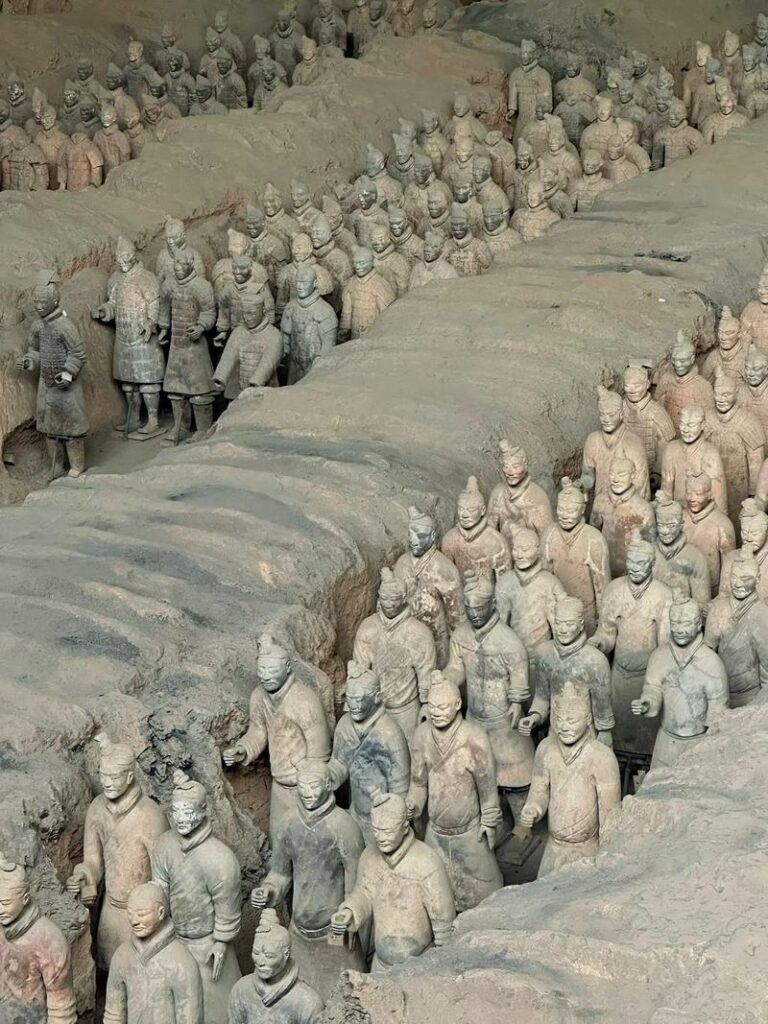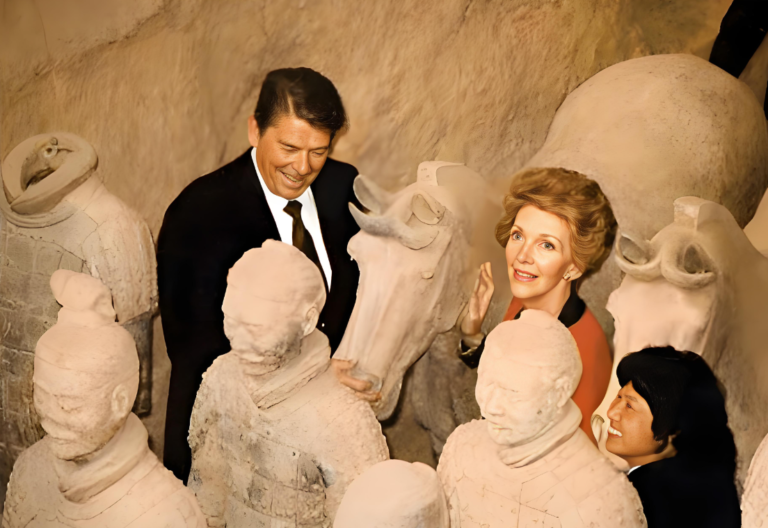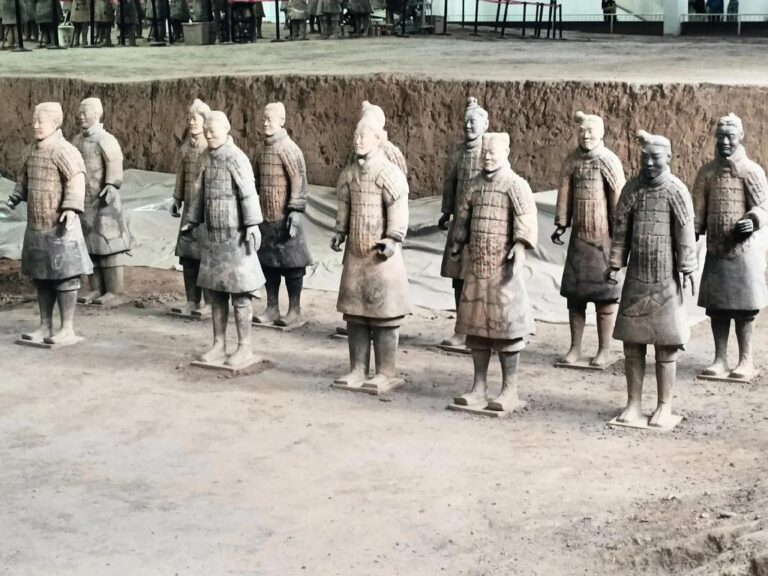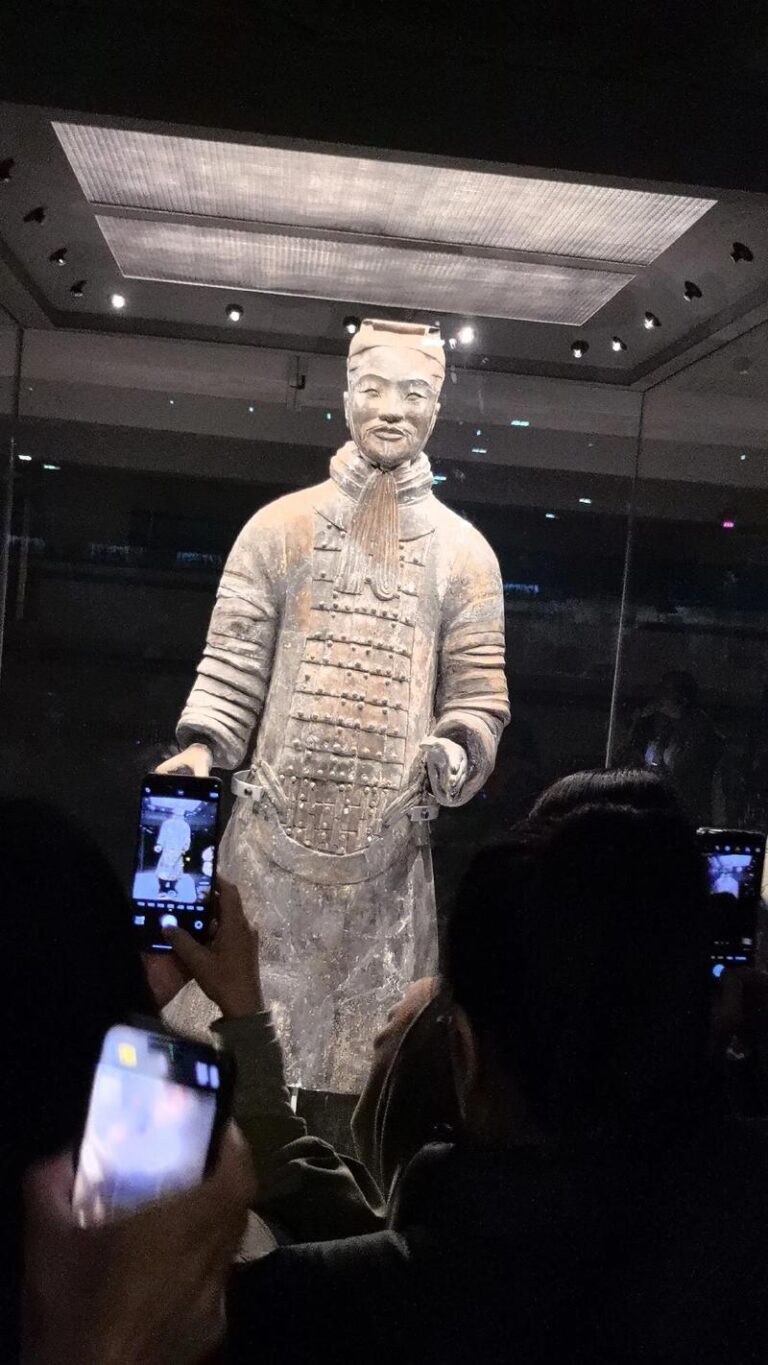Were the Terracotta Army workers buried alive?
The Mystery of the Disappearing Artists: Were the Terracotta Warriors’ Craftsmen Buried Alive?
Alright folks, picture this: You’ve just been blown away by the incredible Terracotta Army. You’re marveling at the craftsmanship from 2,200 years ago. Then, a chilling question pops into your head: “Did Emperor Qin Shi Huang really have all these amazing artists buried alive after they finished his giant collection of ‘imperial action figures’?” Don’t panic! This isn’t an Indiana Jones movie scene, but the real story might be even more dramatic!
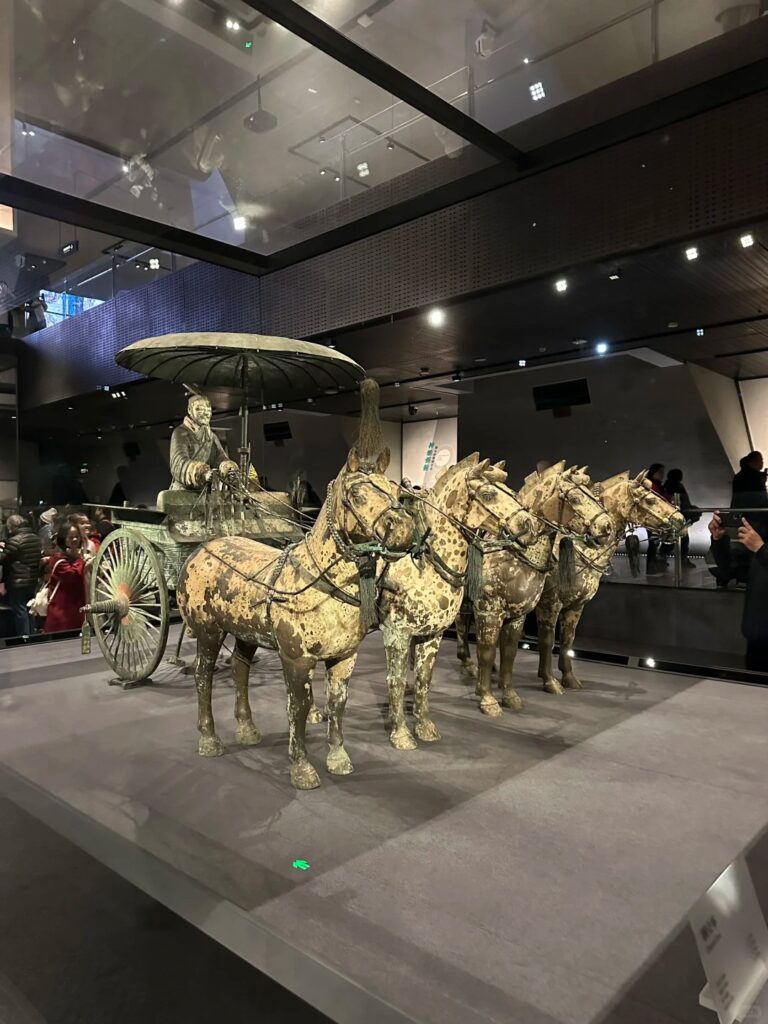
1. The Spicy Rumor: Sima Qian’s “Ancient Horror Story”
This terrifying tale starts with China’s ancient “gossip historian,” Sima Qian. In his famous history book Records of the Grand Historian (written about 100 years after Qin), he casually drops this bomb about the emperor’s tomb:
“After the burial was completed… the middle passageway gate was closed, and the outer gate was lowered. All the craftsmen and laborers who knew the secrets were shut inside. None came out again.”
Yikes! Can’t you just see it? The massive tomb doors slam shut. The flickering torchlight reveals the terrified faces of the workers… Hollywood scriptwriters would love it! Back then, information was scarce, and Qin Shi Huang had a big reputation as a tyrant. So, this “bury-the-workers-to-keep-secrets” story spread like wildfire. It became the ultimate juicy, blood-curdling royal secret – because who doesn’t love a good, gruesome emperor story?
2. Archaeologists Strike Back: The “Gotcha!” Evidence from the Craftsmen’s Village
But hold on! Don’t jump to conclusions just yet. Modern archaeologists, armed with their trusty trowels, came along to solve the mystery. And guess what they found near the Terracotta Army pits? A massive Craftsmen’s Village!
- “Employee Housing” Unearthed: They discovered pottery kilns, wells, tool workshops, and even a drainage system! This wasn’t some flimsy temporary camp. This was a fully functional “Terracotta Action Figure Production Facility.” If the workers were doomed to die, why build them such a fancy “five-star retirement village”?
- The “Signature Wall” Clue: Here’s the knockout punch! Archaeologists found names or workshop marks – like “Gong Jiang,” “Xianyang Wu,” and “De” – carved or stamped onto unfinished or damaged warriors. These were the artists’ own signatures! It’s like a modern sculptor signing their work. Does this sound like something people expecting to be buried alive would bother doing?
- The “Craftsmen’s Cemetery” Speaks: Around the village, archaeologists dug up nearly a hundred ordinary graves. Analysis of the skeletons showed these were men and women (maybe families?), people of various ages, who died natural deaths. Their grave goods were simple (pots, tools), but the burials were neat and orderly. This looks nothing like the messy aftermath of a mass slaughter. It looks like a normal, working-class community living out their lives.
3. Qin Dynasty “HR Management”: KPI’s and Survival Tactics
Sure, Qin Shi Huang had a tough reputation, but he was also a super-pragmatic “Empire CEO.” Building the Terracotta Army was an epic, multi-year project. He needed a skilled, stable, and efficient workforce, not disposable workers.
- “Name & Shame” Accountability (But Also Protection!): Those names on the statues? That was part of the Qin Dynasty’s “Quality Control by Signature” system (Wu Le Gong Ming). Your name went on your work. If the quality was bad? You were held responsible! This was pressure, sure, but it was also the workers’ “Get Out of Jail Free” card. Kill them all, and who fixes defects? Who trains the newbies? Bad business!
- Harsh Laws, But Not Random: Qin laws were famously strict, but they were detailed and specific. Skilled craftsmen were valuable “technical assets.” The law offered them some protection. Slaughtering your entire engineering team? That’s like a modern tech company firing all its coders. A shrewd CEO like Qin wouldn’t torch his own “construction empire” foundation.
- Smarter Secrecy Tricks: To keep tomb secrets, did they really need to bury everyone? Too crude! The Qin had a smarter system: Compartmentalization. Imagine this: The wagon-makers never saw the chariots assembled. The armor-smiths never saw a complete warrior. The face-sculptors probably never even went near the actual tomb! Each worker only knew their tiny piece of the puzzle. The real secrets (like the tomb’s exact location or its booby traps) were known only to a tiny handful of top officials. That’s how you run a secret project!
4. Piecing Together the Truth: Who Actually Got the Short Straw?
So, was Sima Qian just making stuff up? Not entirely. Historians think the truth is probably somewhere between “all buried alive” and “everyone got a pension”:
- The “Inner Circle” Mystery: The very small group of top-level artisans and supervisors who worked on the tomb’s absolute core (like placing the emperor’s coffin or setting up the mercury rivers) might have been silenced. They knew way too much. But we’re talking maybe dozens or hundreds, not the rumored thousands of workers.
- Political “Spin Doctors”: The Han Dynasty, which took over after the Qin fell, really needed to make the Qin look evil to justify their own rule. Writing horror stories like “The Emperor Buried His Workers Alive!” into the history books was powerful propaganda. Sima Qian might have recorded a popular rumor or a much smaller, specific event that got wildly exaggerated over time.
Conclusion: Who Found True Immortality in the Clay?
Standing before the vast Terracotta Army, instead of picturing terrified workers being sealed in, look closely. Study the folds in a clay tunic, the pattern on a sculpted armor plate, the strands of hair on a warrior’s head. These incredibly lifelike details are the artists’ own signatures – proof they weren’t erased.
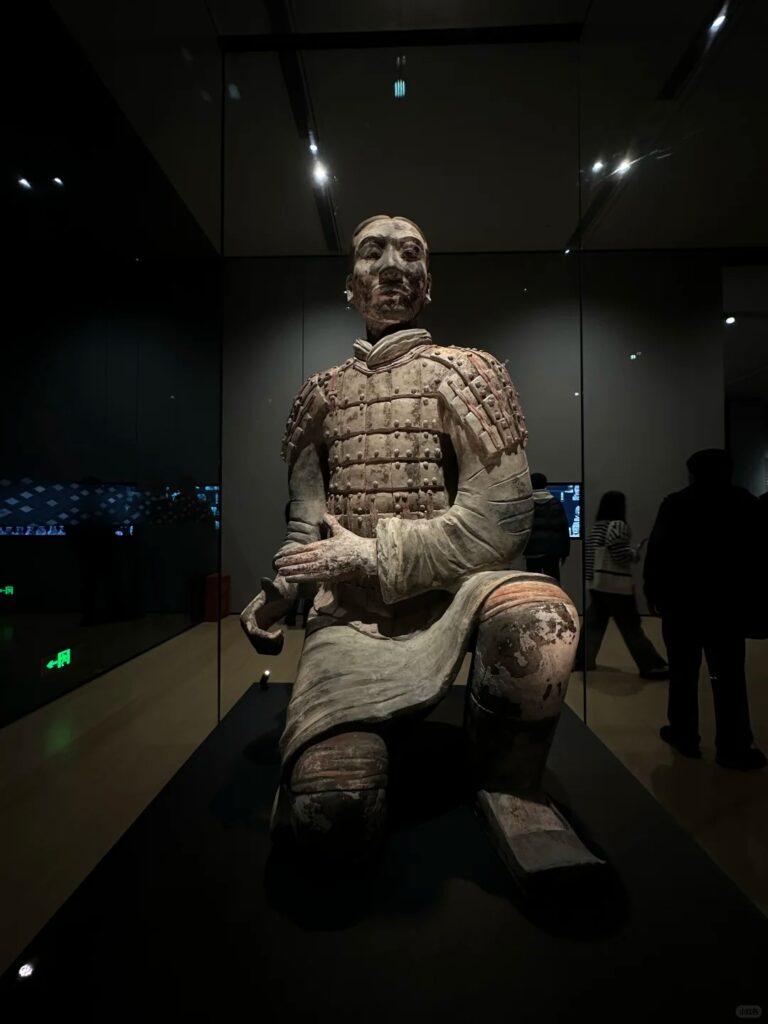
Yes, their lives were hard, governed by strict laws. But with their bare hands, they created a miracle that crosses millennia. While Qin Shi Huang’s dream of personal immortality crumbled to dust long ago, these nameless (well, mostly nameless!) craftsmen achieved true immortality through their craft. Names like “Gong Jiang” and “Xianyang Wu,” and the passion they poured into the clay, have survived 2,200 years. They shout to the world: True greatness isn’t about an emperor’s power; it’s about the power and dignity of human creation.
So, next time you gasp at the Terracotta Army, remember to give a silent high-five to these Qin Dynasty “Master Action-Figure Artists.” They didn’t become part of the collection. Instead, they used their genius to etch themselves – and their names – forever into the story of human civilization!
(And please, no trying to sneak one home in your suitcase. Security here is way tighter than it was back in Qin’s day!) 😉



